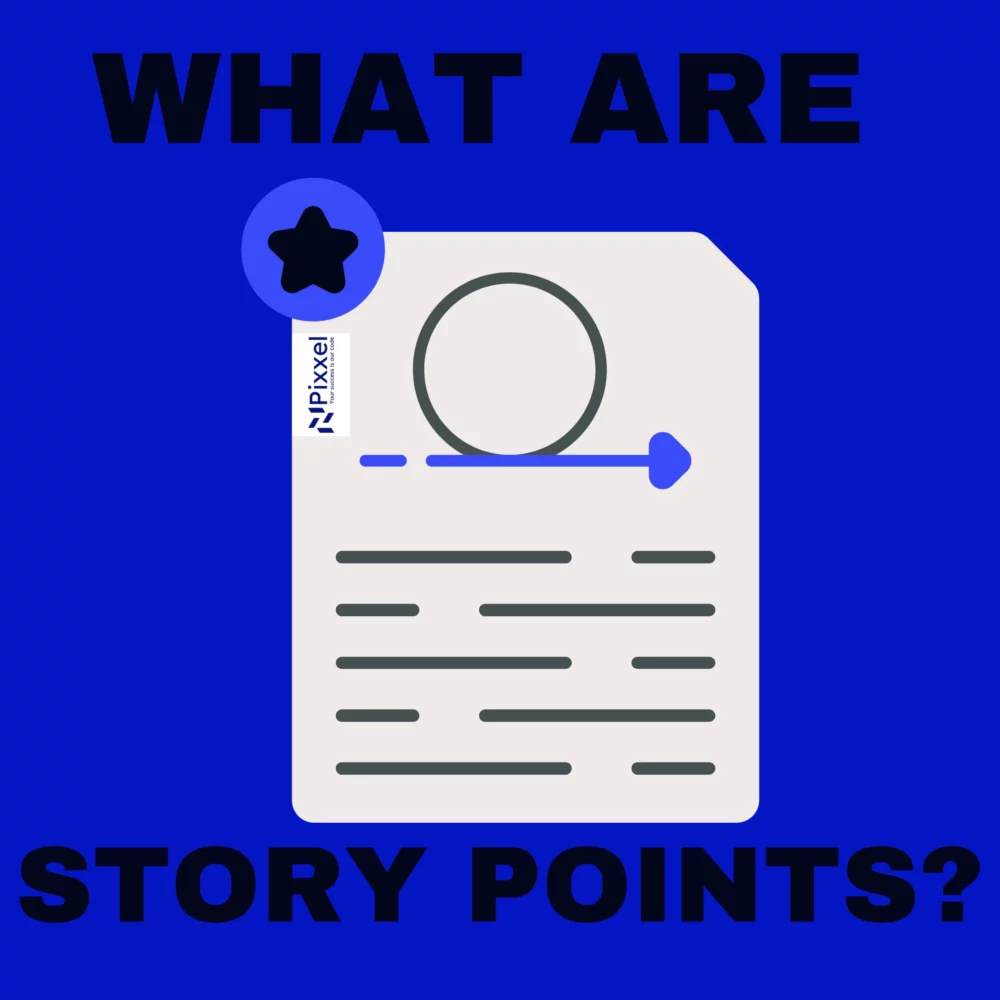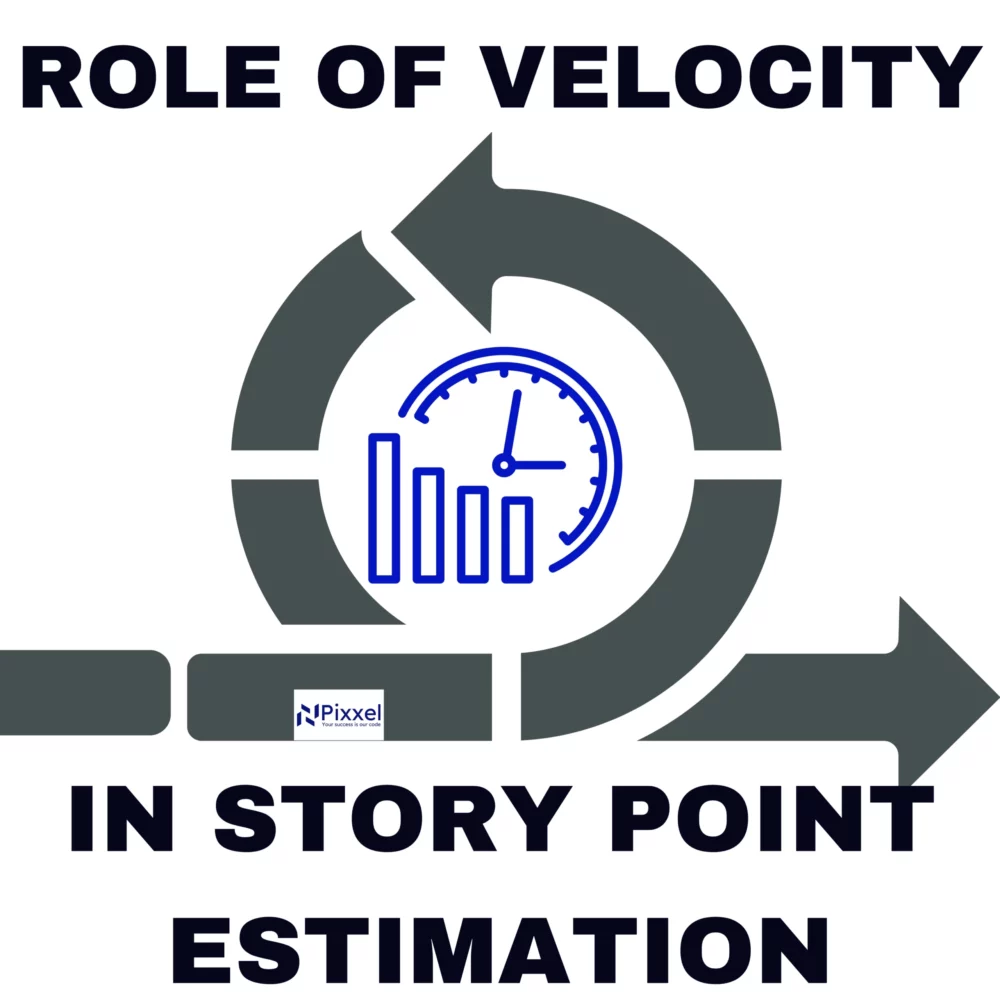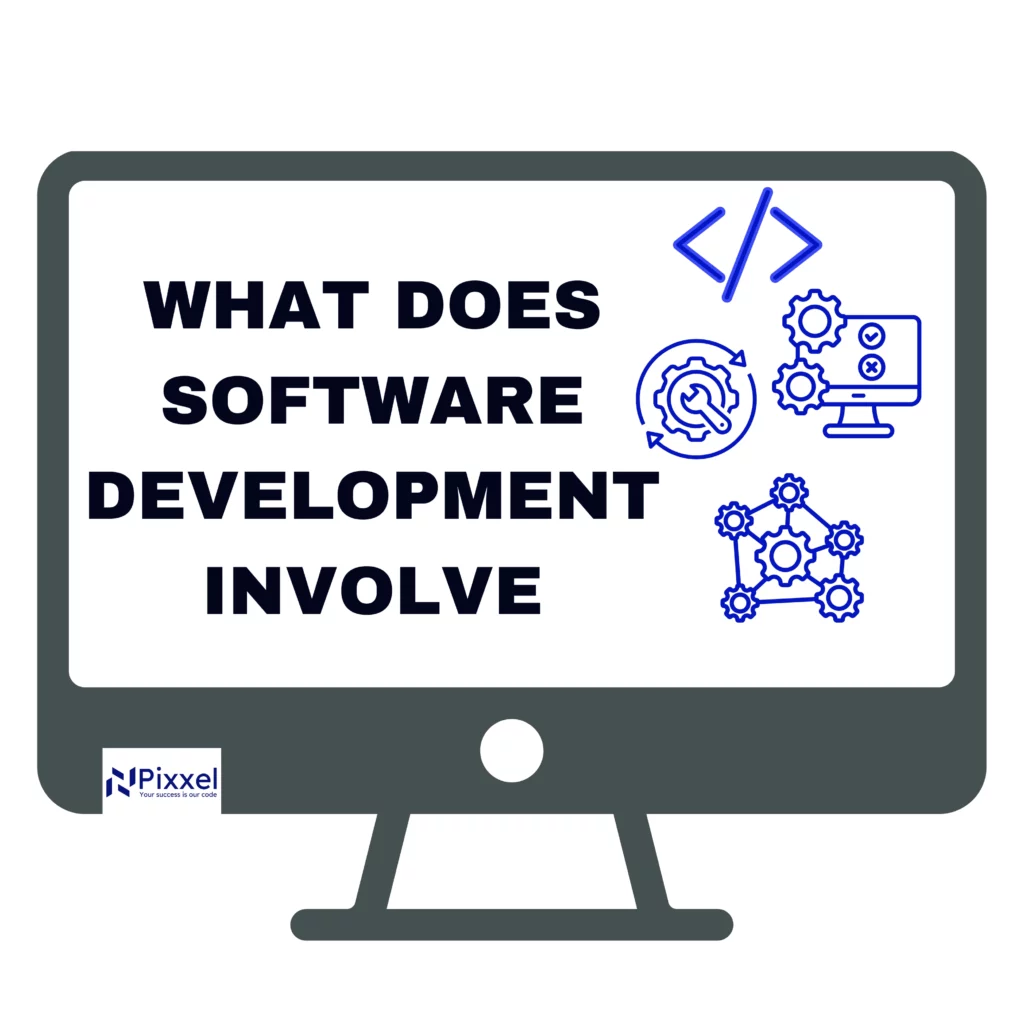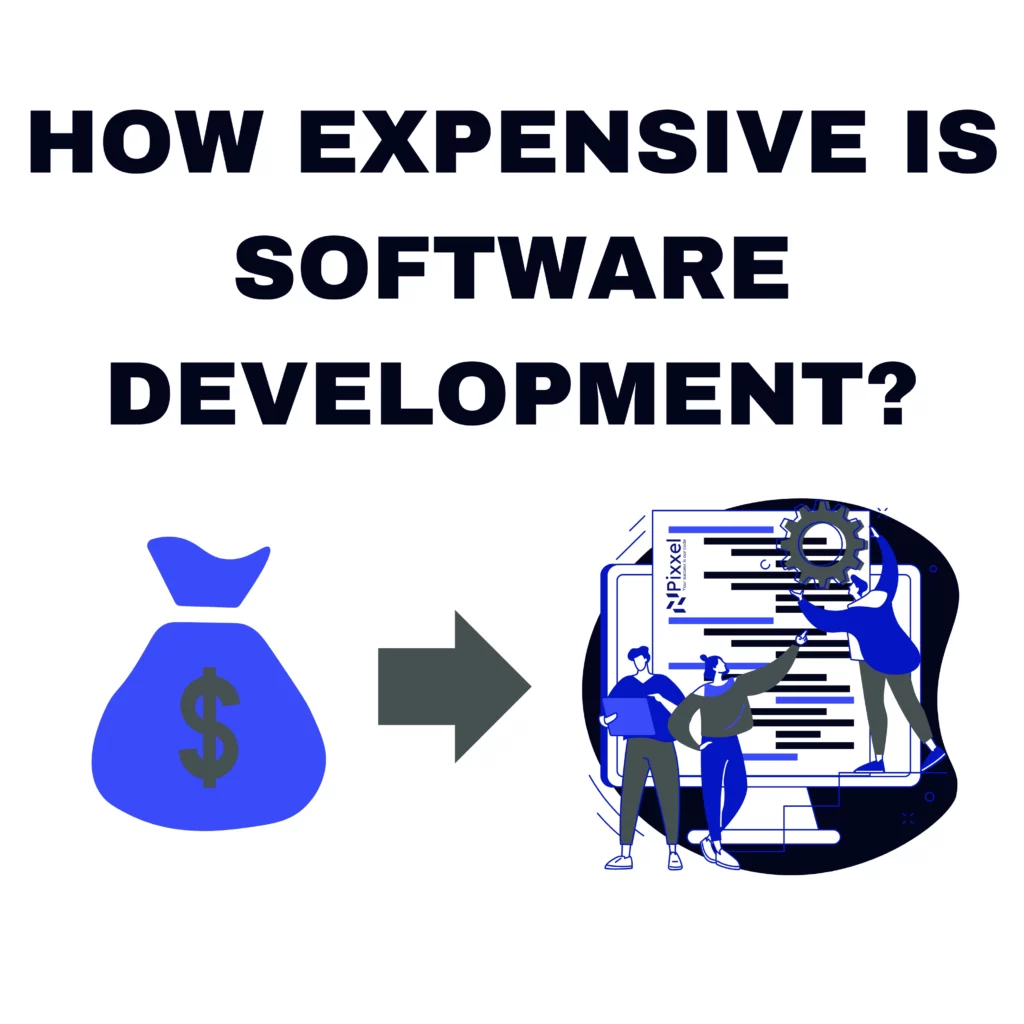Imagine you’re sitting with your team, thinking about how much work the next tasks in your project will require.
It’s not about setting the exact time you’ll need for each task but rather about getting a sense of how complex or demanding the tasks are compared to each other.
This is where Story Points come into play. They help you evaluate the effort required for tasks and better organize the work within your team.
Key Takeaways
- Story Points are a method to estimate the effort of tasks in relation to each other.
- They help teams plan more flexibly and focus on the value of the work.
- The estimation process involves several steps, including breaking down tasks and using estimation techniques like Planning Poker.
- Regular review and adjustment of estimates improve accuracy over time.
- Open discussions within the team and avoiding common mistakes help in effectively utilizing the estimates.
Understanding Story Points
Story Points are a method used to estimate the effort for a task in software development. Instead of estimating in hours or days, you assess the tasks based on their relative effort.
So, you’re thinking about how much harder or easier a task is compared to others.
Three main factors come into play: the complexity of the task, the risks and uncertainties associated with it, and the amount of work required.
Why Use Story Points?
You might wonder why you should bother using Story Points when you could simply estimate in hours or days.
Story Points offer some advantages that make them particularly valuable for agile teams.
-
Relative Estimation
With Story Points, you look at how a task compares to others. This is especially useful because it’s often hard to say exactly how long something will take. But you know that one task is about twice as difficult as another. This comparison makes it easier to get a realistic estimate.
-
Flexibility
Another benefit of Story Points is flexibility. Instead of sticking rigidly to a schedule, you can adapt to changes in the project. If something turns out to be more or less difficult than expected, the estimates can be adjusted without having to completely overhaul the entire plan.
-
Consistency
Story Points also help develop a common language within the team. Everyone knows what it means when you talk about a task with 3 or 5 Story Points. This shared understanding makes communication easier and ensures everyone is on the same page.
-
Focus on Value
Ultimately, working with Story Points is about focusing on the value of the work. Instead of just looking at how much time something costs, you focus on how much it’s worth to get the task done. This helps ensure that the team is working on the most important things.
Looking for the right Agile Software Development Services?
The Role of Velocity in Story Point Estimation
An important aspect of working with Story Points is velocity. This refers to the number of Story Points the team can complete in a sprint, or work period. Knowing your velocity helps you plan realistically for how much work can be accomplished in a sprint. As you become more familiar with your velocity, you can better estimate how many Story Points you can complete in the future and how long it will take to finish a project. Understanding this also helps predict the costs of a software project.
Further Reading: How to Identify a Good Software developer?
How to Estimate Story Points
Now that you know why Story Points are useful, let’s look at how you can estimate them. Here are some steps to help you:
-
Break Down User Stories
The first step is to break down the tasks you want to accomplish into small, manageable pieces called User Stories. Each User Story should have clear value for the customer and be as small as possible, making it easier to estimate.
-
Define a Reference Story
A good way to start estimating is by setting a reference story. This is a task you know well and use as a benchmark for other tasks. If you know a certain task is worth 2 Story Points, you can evaluate other tasks in relation to it.
-
Use Estimation Techniques
There are different techniques you can use to estimate Story Points. Here are some popular methods:
- Planning Poker: A common method where everyone on the team uses cards to secretly estimate the Story Points for a task. Once all estimates are revealed, the team discusses the differences and reaches a consensus.
- T-Shirt Sizes: This method is simple and easy to understand. Tasks are categorized into sizes like XS, S, M, L, and XL, corresponding to different ranges of Story Points.
- Affinity Mapping: Tasks are grouped by size and complexity, and the team assigns Story Points based on these groupings.
-
Consider Factors Beyond Complexity
Remember that Story Points aren’t just about task complexity. You should also consider risks and uncertainties. If a task has many unknowns, you should assign more Story Points to account for the extra effort:
- Risk: There are always uncertainties and potential challenges associated with a task.
- Effort: This includes the amount of work involved, such as research, design, development, testing, and integration.
- Dependencies: Other tasks or systems that the current task depends on can also affect how long it takes to complete.
-
Discuss and Refine Estimates
It’s important to take the time to discuss estimates together as a team. If someone has a significantly different opinion, find out why. These discussions help clarify misunderstandings and improve estimates.
-
Reevaluate Regularly
Estimates aren’t set in stone. If you find that a task is more difficult or easier than expected, you should adjust the estimates. This keeps your planning up-to-date.
Common Challenges and Tips
Working with Story Points can bring some challenges. Sometimes it’s hard to estimate points accurately, or there may be disagreements within the team. Here are some tips to help you:
- Avoid thinking in hours: It can be tempting to convert Story Points directly into hours. But this undermines the purpose of relative estimation. Stick to relative assessments and don’t think in absolute terms.
- Break down large tasks: If a task is too big to estimate meaningfully, break it down into smaller parts. This makes estimation easier and more accurate.
- Stay flexible: It’s okay if your estimates change over time. Use the insights gained to improve your estimates and adjust your velocity.
- Discuss openly within the team: Take the opportunity to discuss different opinions. These discussions are valuable for avoiding misunderstandings and making better decisions.
- Be realistic: Don’t estimate too optimistically. It’s better to make a conservative estimate and be pleasantly surprised than to take on too much and then be disappointed.
Further Reading: What is Included in Software Development?
In summary, Story Points are a central part of Agile Software Development. They offer a flexible and effective way to estimate effort and plan sprints. Story Points help teams manage complexity better and deal with uncertainties. Instead of focusing on the exact duration, the relative effort is considered, leading to consistent value delivery.
The estimation process for Story Points begins with breaking down User Stories and ends with regular reevaluations. While this concept may seem challenging at first, the benefits are significant. New teams, in particular, benefit from more accurate planning and better team alignment. The focus is on applying Agile methods to bring the greatest benefit.
Ultimately, the use of Story Points is about facilitating communication, collaboration, and decision-making. They ensure that the right features are delivered at the right time to best meet customer needs.


